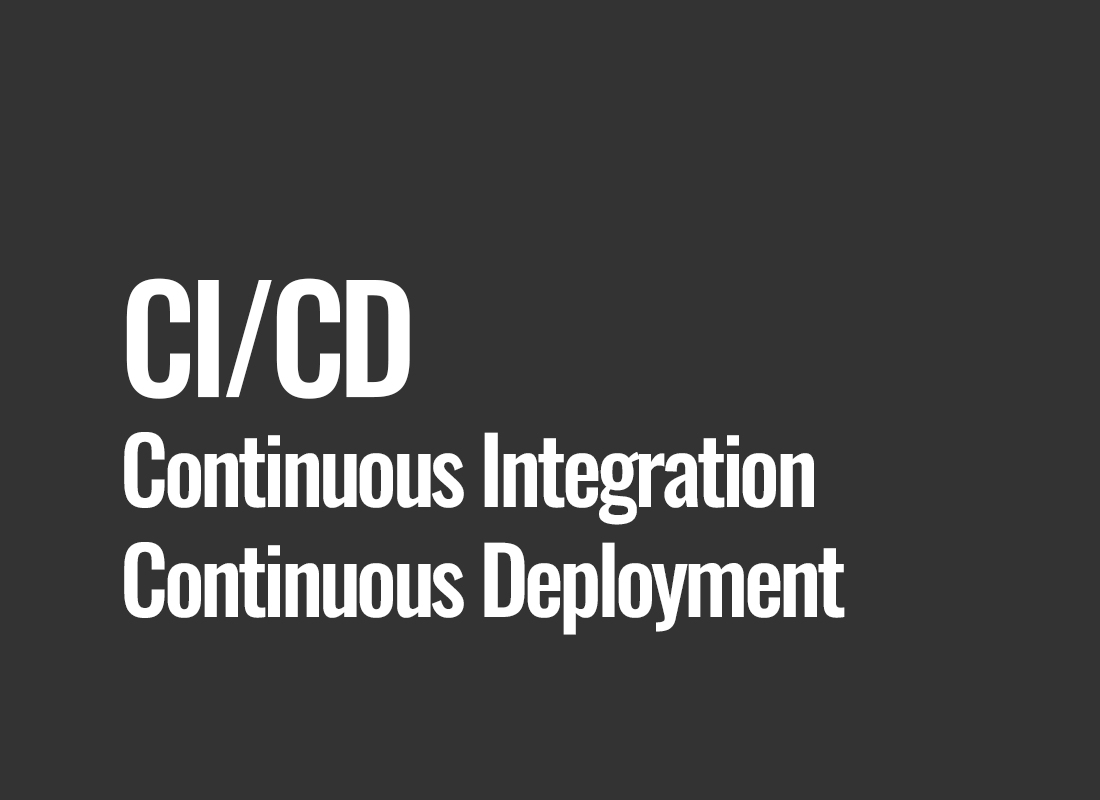CI/CD (Continuous Integration/Continuous Deployment)
In today's dynamic world of information technology, where innovations are key to success, an incredibly important element of the software development process becomes the practice of Continuous Integration/Continuous Deployment, commonly known as CI/CD. It is not just a set of acronyms but a comprehensive approach to managing the software development lifecycle, revolutionizing traditional methods in the IT industry.
CI/CD is more than just technology; it is a philosophy that focuses on continuous improvement of processes related to software creation, testing, and deployment. In short, Continuous Integration involves automatically deploying new code fragments to a shared repository, allowing for their continuous integration with existing code. Meanwhile, Continuous Deployment is the stage where each approved change is automatically deployed to the production environment. These two tightly linked elements create a powerful tool that not only speeds up processes but also enhances the quality of delivered software. The transition from traditional development models to CI/CD is not only a technological change but also a cultural one. In a world where the speed of reacting to market and customer changes is crucial, CI/CD becomes an integral part of development strategies for IT companies.
Transformation of Development Processes
CI/CD, being the foundation of modern development practices, revolutionizes programming processes starting from the moment a developer begins writing new code. Continuous Integration, the first pillar of this philosophy, is based on the automated deployment of new code fragments to a shared repository. This ensures that each change is immediately integrated with existing code, eliminating the risk of conflicts and facilitating the rapid detection of errors.
The main benefit of CI is the continuous monitoring of source code integrity. Automated unit, integration, and acceptance tests check whether new changes introduce errors. As a result, developers are informed about potential problems at an early stage, allowing for quick correction. Thus, CI contributes to maintaining high code quality.
Moving on to the second pillar, Continuous Deployment, we see that this is where the deployment process achieves a new level of efficiency. The automatic deployment of each approved change to the production environment eliminates the need for manual code transmission. Company XYZ, using CI/CD, not only noticed a significant reduction in deployment cycles from two weeks to a few hours but also an overall improvement in the flexibility of software delivery.
The change in development processes also affects the security and stability of systems. Automated testing, an integral part of CI/CD, helps identify errors during the development stage. Company ABC, implementing CI/CD, experienced a 50% decrease in the number of production errors. This, in turn, translates into increased customer trust in the delivered software.
In the context of e-commerce, flexibility in delivering updates becomes a key advantage. CI/CD allows for the implementation of microservices, enabling almost instant delivery of fixes and new features. E-commerce Solutions, using CI/CD, achieved not only speed in delivering updates but also greater precision in adapting to current market needs.
Summary
CI/CD not only transforms development processes but also becomes a key tool for improving quality, shortening deployment cycles, and increasing flexibility in delivering innovative solutions. Companies that invest in CI/CD not only gain a competitive advantage but also shape an organizational culture conducive to continuous improvement. The future of software development is the future of continuous development, and CI/CD becomes a key tool in this transformation.




